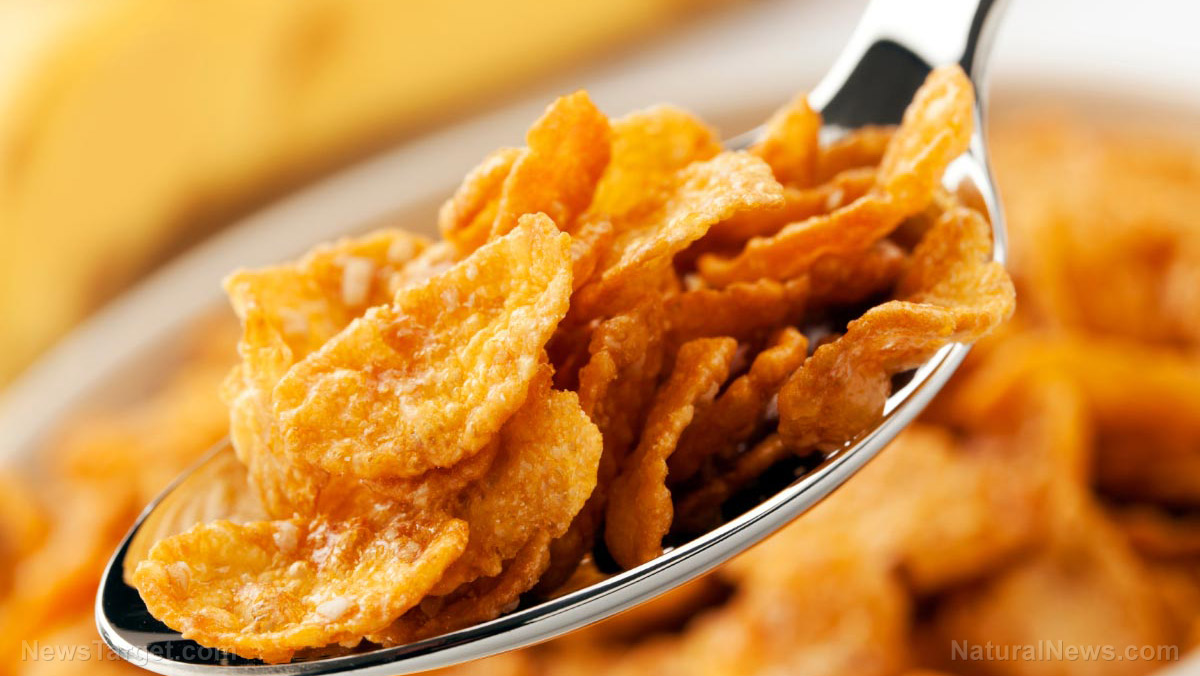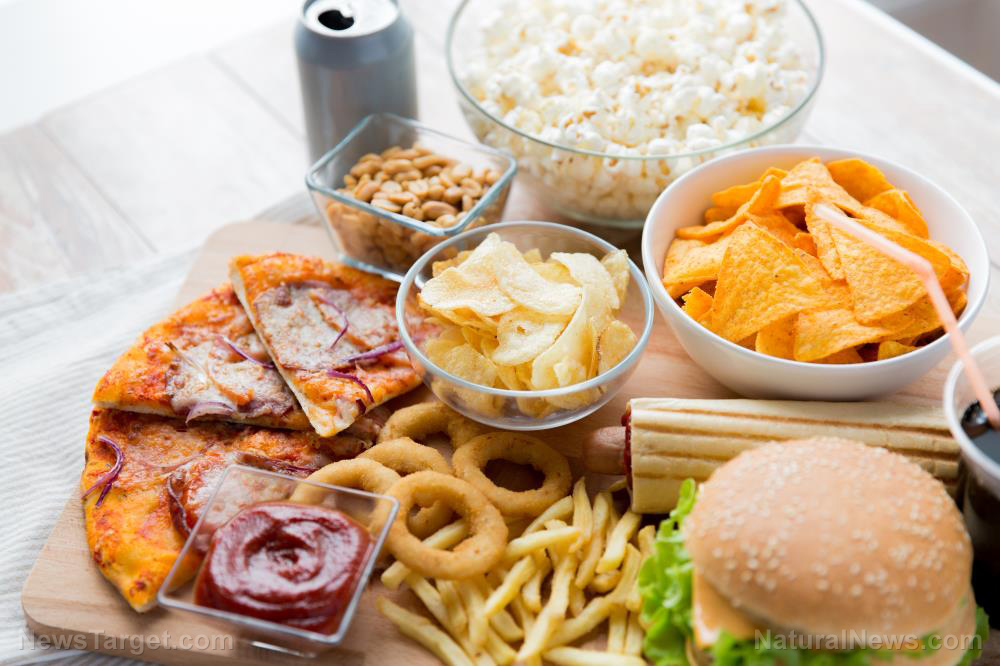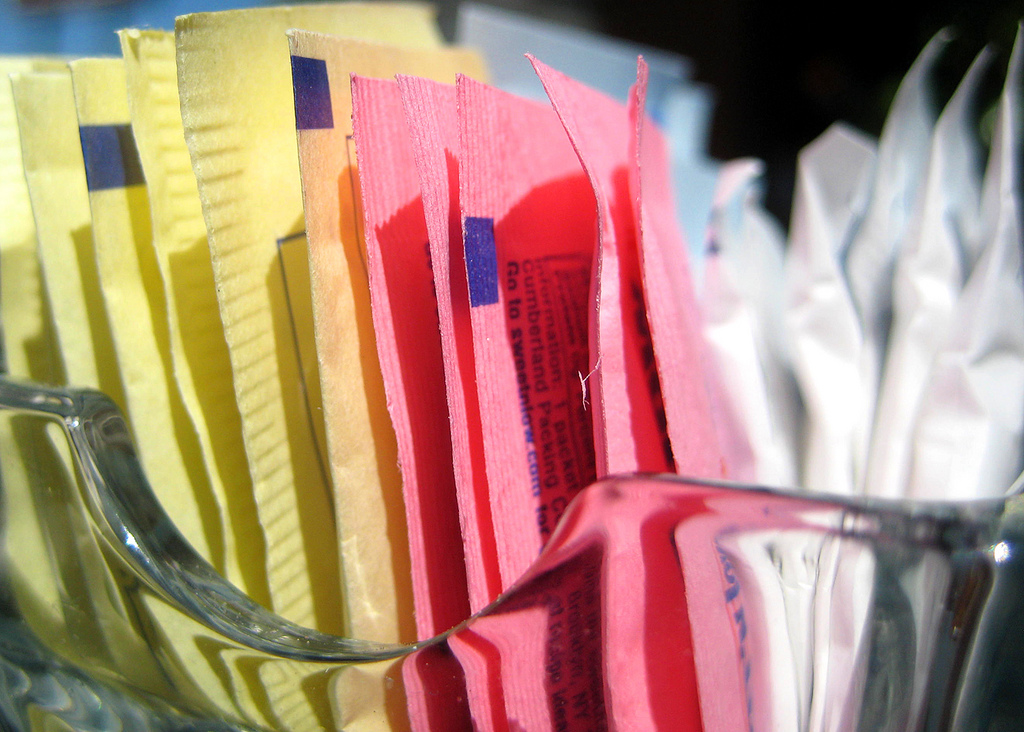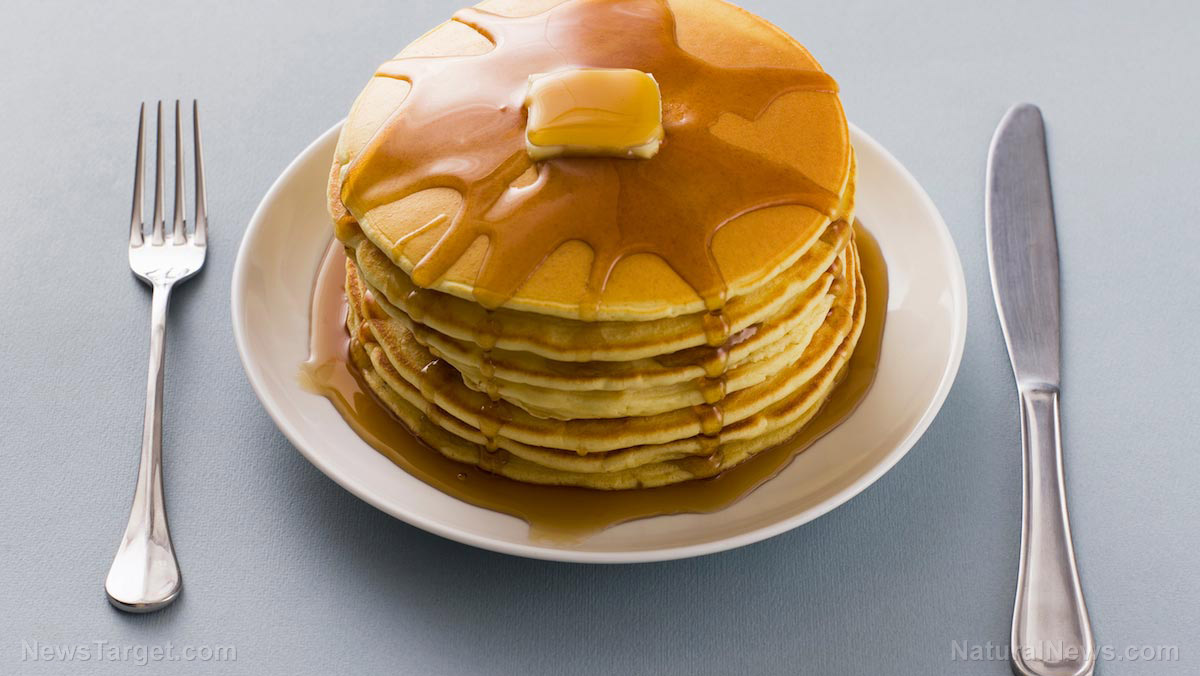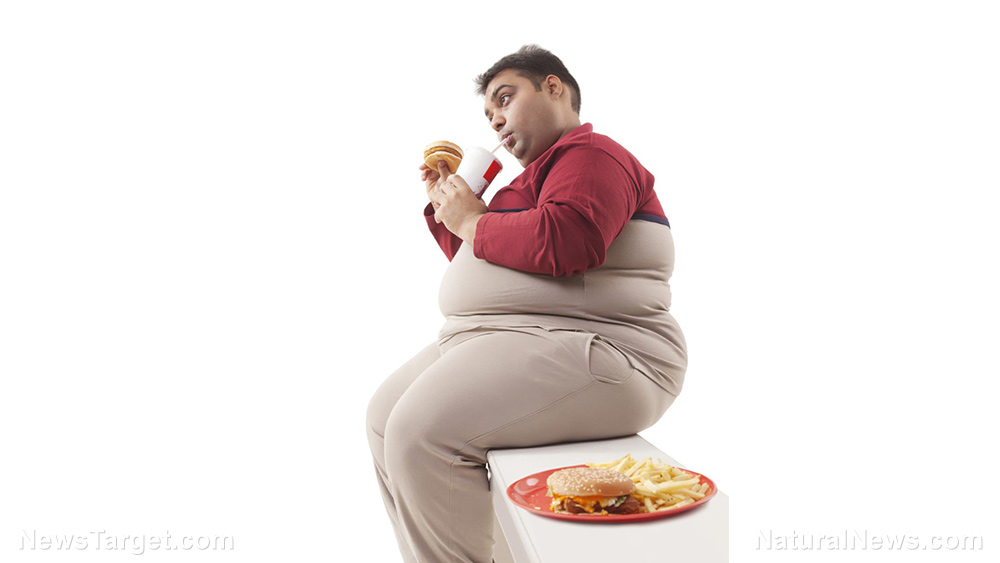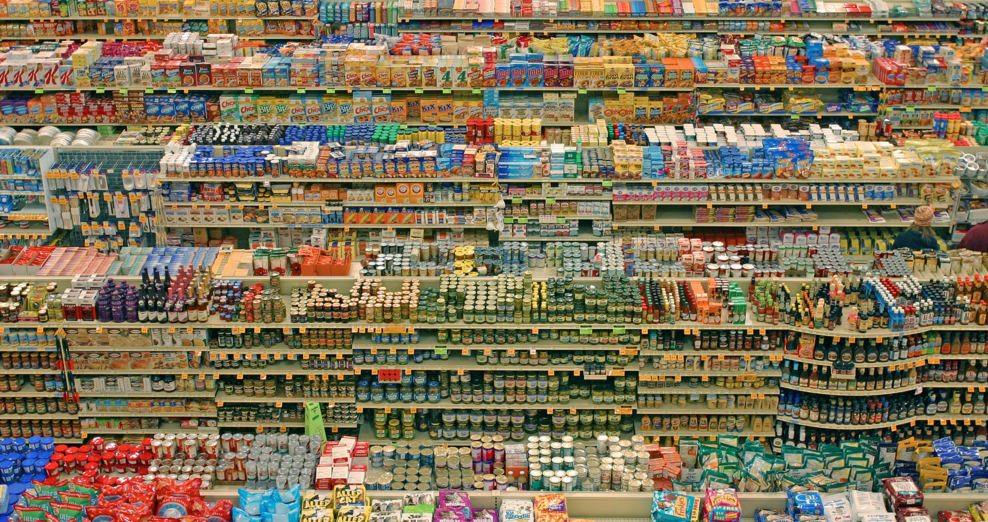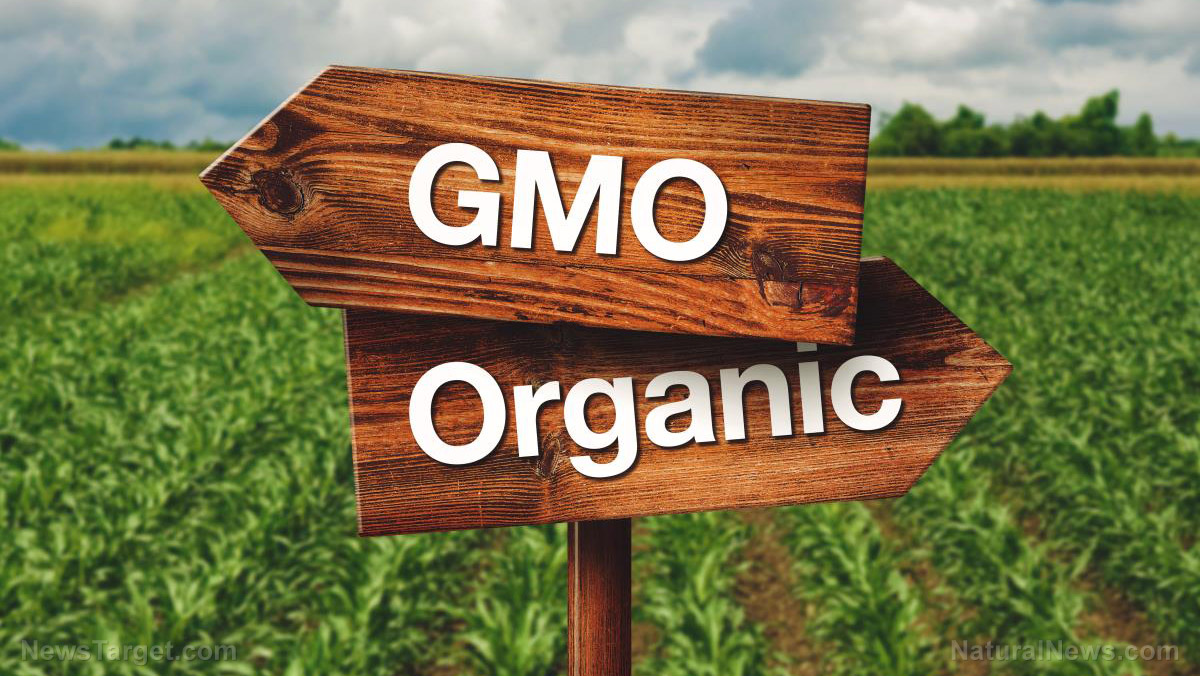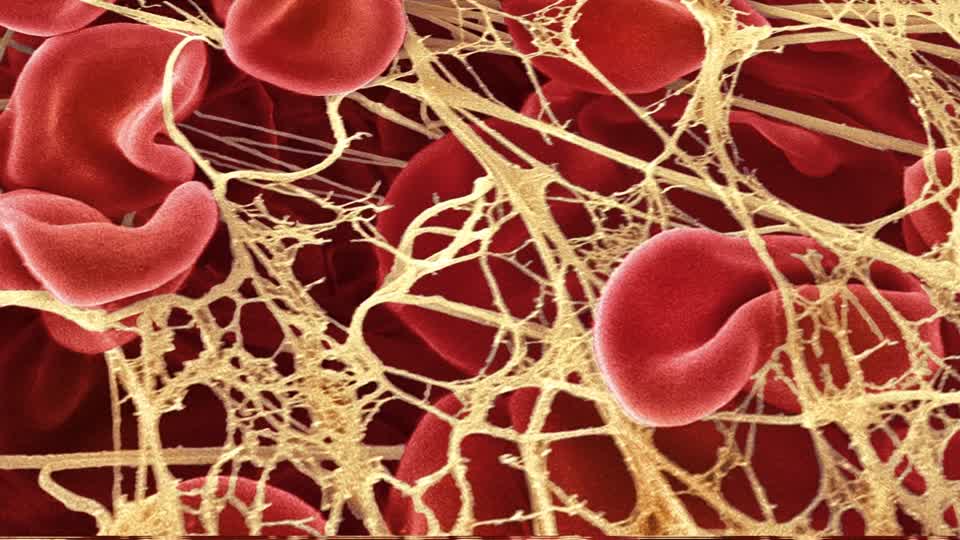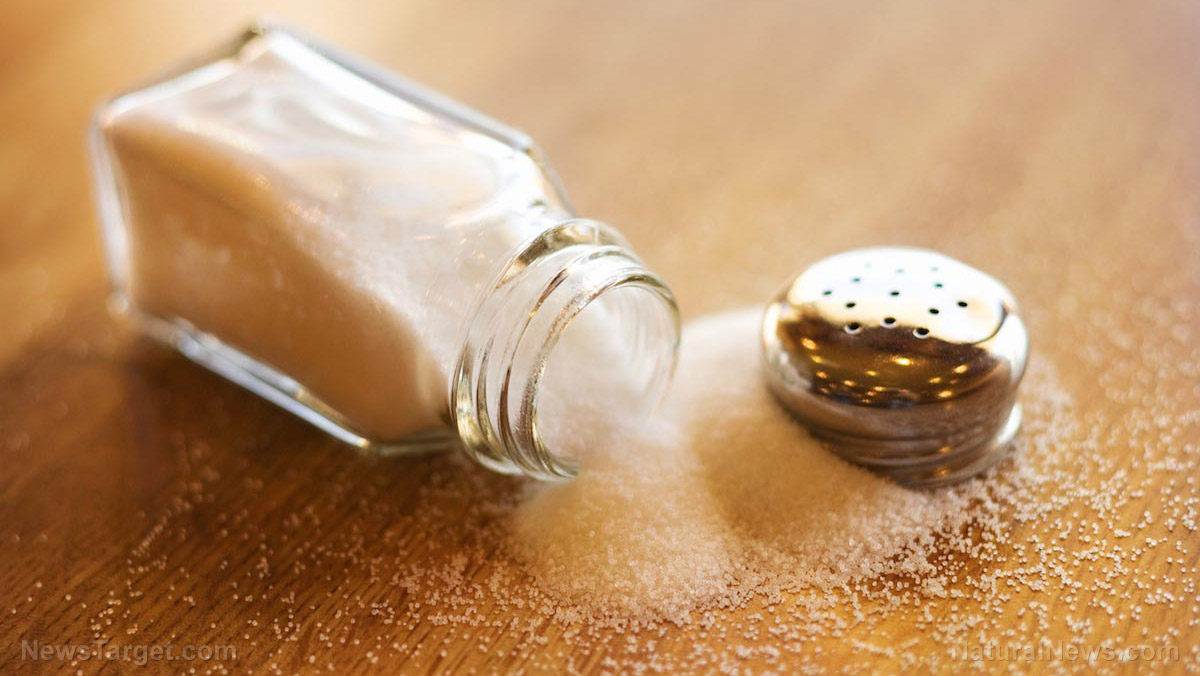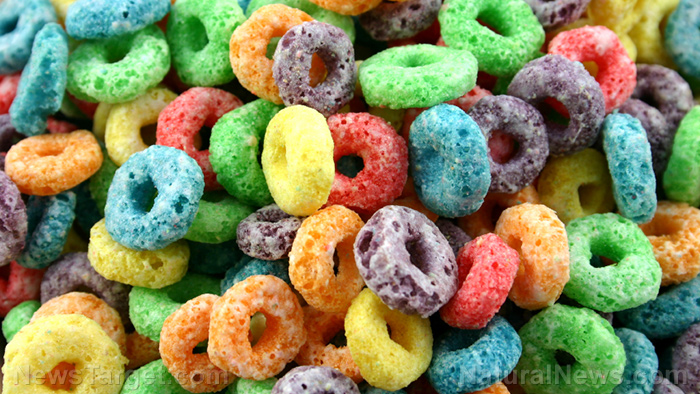Sparkling or flat? Doctor explains how fizzy water contributes to overeating, weight gain
01/04/2018 / By Frances Bloomfield
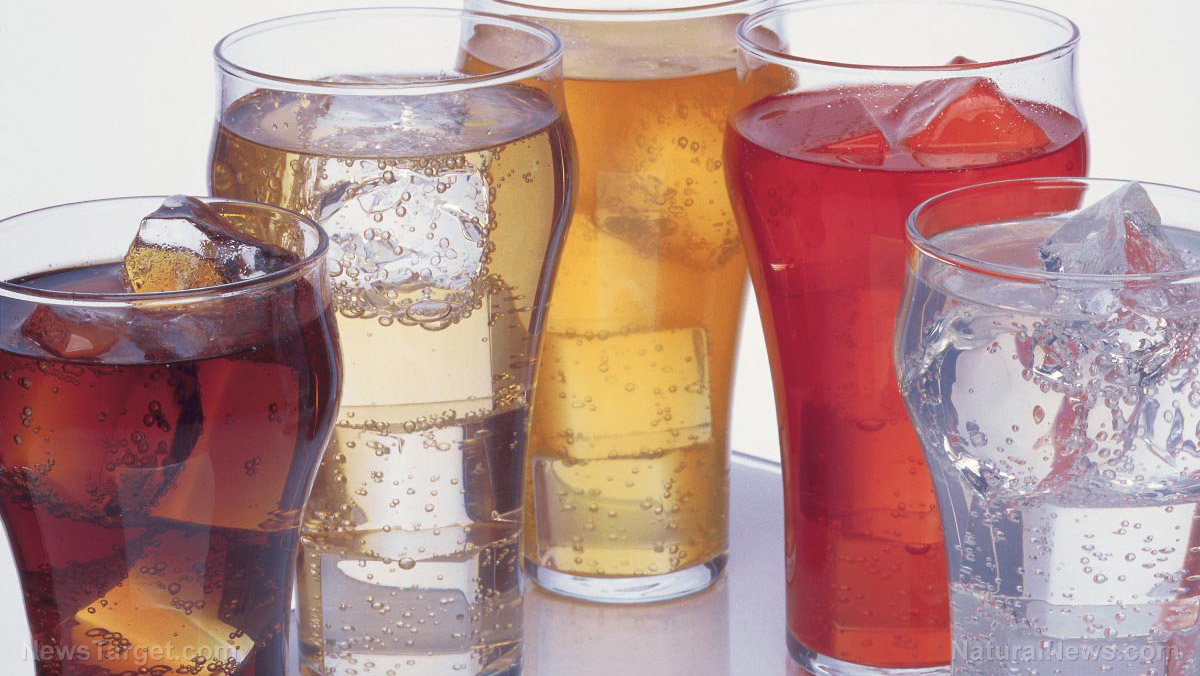
Sparkling or carbonated water is a delight to drink, no doubt, but did you know that it can add inches to your waistline? This is a fact that Palestinian researchers first put out in a study, wherein rats who were given sugary water with added bubbles became fatter and hungrier than rats who had flat, sugary beverages. Curious, Drs. Michael Mosley and James Brown decided to test it out for themselves. By the end of their own experiment, they discovered that it was indeed true.
First, Mosley and Brown recruited healthy volunteers who were told that the study was about gauging the impact of sugar drinks on one’s appetite. The participants were then asked to fast for ten hours before being given calorie-controlled cheese sandwiches. After one hour, they were each provided with one of four drinks at random: A fizzy sugary drink, a flat sugary drink, fizzy water, or flat water.
Brown then took blood samples from the volunteers 10 minutes later to asses their ghrelin levels. “Ghrelin is one of the so-called ‘hunger hormones’ which is produced in your stomach and then goes to your brain to say: ‘I am hungry, I should eat,’” Mosley explained in his article for the DailyMail.co.uk.
The volunteers were given food diaries by the end of the first portion of the experiment. This was so that they could write down the foods they’d consumed, allowing Mosley and Brown to measure the amount of calories the volunteers ate hours after their drink. This was repeated three more times over the course of several weeks until all the volunteers had sampled all four beverages.
Once the experiment was over, the researchers informed the volunteers of its true purpose. “What we found was really exciting. When you had a fizzy drink your ghrelin levels were about 50 per cent higher than when you had a non-fizzy drink,” Brown told them. (Related: New breakfast soft drink may promote weight gain and Type II diabetes)
Essentially, those who had their fill of fizz were much hungrier an hour later than those who had flat beverages. The volunteers who drank fizzy beverages were noted as having consumed an additional 120 calories, an effect of the additional ghrelin produced by their bodies. This applied to both fizzy soft drinks and fizzy water, albeit the effects of fizzy water were less pronounced.
As to why the bubbles in fizzy beverages had this effect, Brown believes that there may be two possible answers. One is that the carbon dioxide that gives drinks their bubbles encourages the stomach to produce more ghrelin. Another potential reason is that the additional gas bloats and stretches the stomach, causing it to release ghrelin.
Following their findings, Brown added that even though flat sugary drinks may seem like the better choice, they aren’t. “I think the take-home message from this, sadly and boringly, is that the healthiest option is probably still water,” he told Mosley.
Other health effects of carbonated water
- One other way that carbonated water can contribute to weight gain is if it’s the type containing additives. Bottled seltzer usually has sodium and hidden calories such as sweeteners, flavors, and natural and artificial acids.
- Plain carbonated water won’t cause tooth decay, but adding sugar or citric acid will. This is because sugar produces acids that erode and damage the teeth, while citric acid dissolves tooth enamel and greatly increases the risk of tooth decay.
- As per Healthline.com, carbonated water won’t cause irritable bowel syndrome (IBS) either. It can, however, lead to bloating, which in turn can result in IBS flare-ups.
Visit Sweeteners.news to check out more stories on the potential health effects of carbonated water and other beverages.
Sources include:
Submit a correction >>
Tagged Under:
carbonated water, fast food, fizzy drinks, fizzy water, nutrition, obesity, seltzer, soda, soda pop, soft drinks, sugary water, weight gain
This article may contain statements that reflect the opinion of the author
RECENT NEWS & ARTICLES
COPYRIGHT © 2017 TOP 10 GROCERY SECRETS



